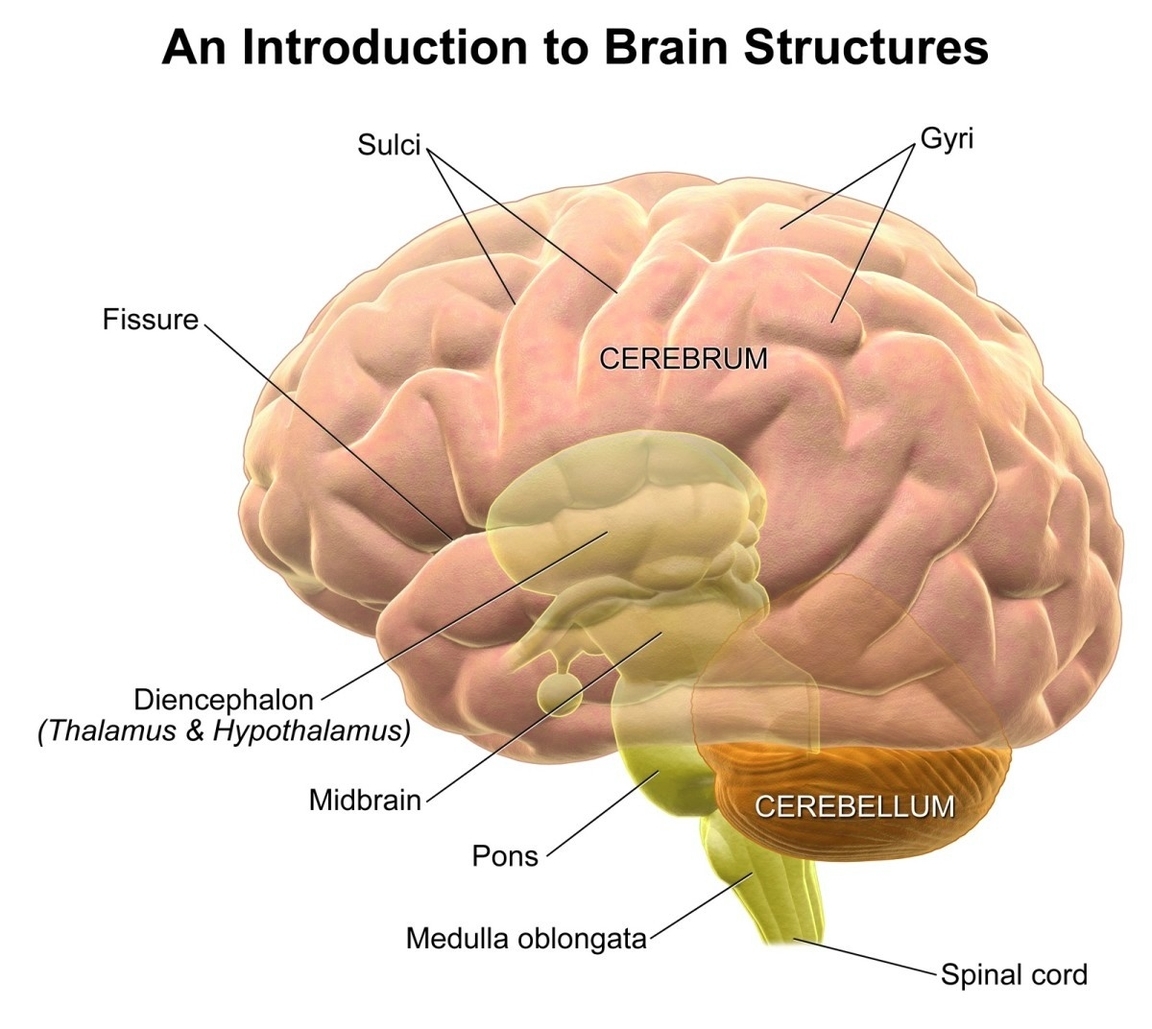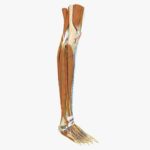The human brain, a marvel of biological engineering, orchestrates our thoughts, emotions, memories, and bodily functions. Comprising approximately 3 pounds in the average adult, this intricate organ is about 60% fat, with the remaining composition consisting of water, protein, carbohydrates, and salts. Let’s delve into the fundamental structure of the human brain without the aid of images.
## 1. Cerebrum: The Seat of Complexity
The cerebrum, occupying the front part of the brain, is the largest and most intricate region. It can be thought of as the epicenter of our cognitive abilities. Here’s what it entails:
– Cerebral Cortex: The outer layer of the cerebrum, known as the cerebral cortex, resembles the bark of a tree. It constitutes about half of the brain’s weight. This convoluted surface, with its ridges (gyri) and folds (sulci), is divided into two hemispheres. The cerebral cortex plays a pivotal role in various functions:
– Motor Skills: Initiating and coordinating voluntary movements.
– Temperature Regulation: Maintaining our body temperature.
– Higher Cognitive Functions: Enabling speech, judgment, reasoning, problem-solving, and learning.
– Sensory Processing: Handling information related to vision, hearing, touch, and other senses.
## 2. Brainstem: Vital Connections
The brainstem, situated in the middle of the brain, serves as a crucial bridge between the cerebrum and the spinal cord. Its functions include:
– Vital Sign Regulation: Controlling heart rate, breathing, and blood pressure.
– Alertness and Arousal: Keeping us awake and responsive.
– Reflexes: Managing involuntary actions like sneezing and swallowing.
## 3. Cerebellum: The “Little Brain”
Located at the back of the head, beneath the temporal and occipital lobes and above the brainstem, the cerebellum resembles a small, tightly folded fist. Despite its diminutive size, it wields significant influence:
– Coordination and Balance: The cerebellum fine-tunes our movements, ensuring smooth coordination and balance.
– Muscle Tone: It adjusts muscle tone, allowing us to maintain posture and execute precise actions.
## 4. Brain Coverings: Meninges
Enveloping the brain are the meninges, protective layers that shield it from mechanical damage and infection. These layers include:
– Dura Mater: The tough outermost layer.
– Arachnoid Mater: A delicate, web-like middle layer.
– Pia Mater: The innermost layer that adheres closely to the brain’s surface.
## 5. Neurons: The Brain’s Messengers
Billions of neurons (nerve cells) form the brain’s intricate communication network. Each neuron has a cell body (soma), dendrites (receiving branches), and an axon (a long projection). These remarkable cells transmit electrical and chemical signals throughout the body. Some messages remain within the brain, while others travel via the spinal cord and nerves to distant extremities.
In summary, the human brain orchestrates our existence, from the simplest reflexes to the loftiest intellectual pursuits. Its intricate architecture, composed of gray matter, white matter, and protective coverings, remains a testament to nature’s ingenuity..



